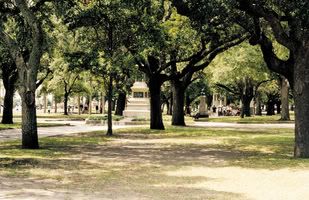
There is nothing like oysters or nothing I like more than oysters. I like them any way they are cooked. Raw, fried, you name it, I will eat the oyster . I think my favorite way to eat them is right out of the shell. Lightly steamed but not overcooked. I like good, juicy , slimy oysters.
I remember when I was in college at the College of Charleston, there was an oyster roast at one of the fraternity houses on Wentworth Street. I went and at so many oysters it was ridiculous. I actually think that I ate so many, I was peeing sea water. That was no joke. Those were the best oysters I ever had. Free and all you can eat.
Now I usually eat them out of the shell about once or twice a winter. I will go to Captain Don's Seafood and buy a bushel. Recently I had an oyster pie for the very first time and it was out of this world. Can't wait to have it again. Here is the recipe. Enjoy!
Oyster Pie
INGREDIENTS:
- 3 thick slices bacon
- 1 tablespoon vegetable oil
- 2 tablespoons all-purpose flour
- 3/4 cup milk
- 18 shucked oysters, drained with liquid reserved
- 1 teaspoon Worcestershire sauce
- 1/2 teaspoon Cajun seasoning
- 2 (9 inch) unbaked 9 inch pie crusts
DIRECTIONS:
- Preheat oven to 350 degrees F (175 degrees C). Place bacon in a large, deep skillet. Cook over medium high heat until evenly brown. Drain bacon, reserving 1 tablespoon bacon grease. Crumble bacon and set aside.
- Heat bacon grease and vegetable oil over medium heat. Stir in flour and cook until flour is light brown. Slowly whisk in milk and 1 cup reserved oyster liquid. Stir until a thick gravy has formed.
- Stir in Worcestershire sauce, Cajun seasoning and oysters. Pour mixture into a 9 inch pie shell and cover with top crust.
- Bake in preheated oven for 30 minutes, until crust is golden.
Food is not the only ting in Charleston that oysters are famous for. If you are visiting please visit White Point Gardens named for all the white oyster shells bleaching in the sun.
White Point Gardens, also known simply as the Battery, is a place for remembering -- a bridge to the past. An evening stroll to the park, along cobblestone streets, past historic homes aglow with life, allows you to feel as though you're alive in antebellum Charleston. You may sit on a battery bench, gaze over the harbor and believe, for a few minutes, that you've stepped back into the past.
The first Carolinians sailed past this place, where the Ashley and the Cooper rivers meet to form the Atlantic Ocean. Imagine the masted ship as it rounded the southernmost tip of the peninsula in search of a protected landing. The ship's inhabitants would have seen a low, marshy area strewn with oyster shells bleached white from the southern sun. When the Charles Towne settlement moved onto the peninsula, this point was considered uninhabitable and remained outside the walled city.
In the early 1720s, infamous "gentleman" pirate Stede Bonnet was hung here with about 50 others like him. Townspeople filled the gallows area and jeered as the outlaw was brought to his rightful end. Bonnet was buried in the nearby marsh. His epitaph has been memorialized and stands today in the park.


No comments:
Post a Comment